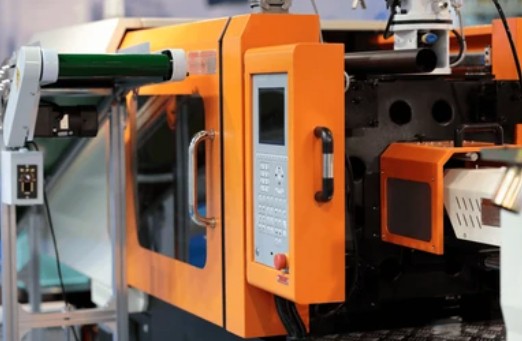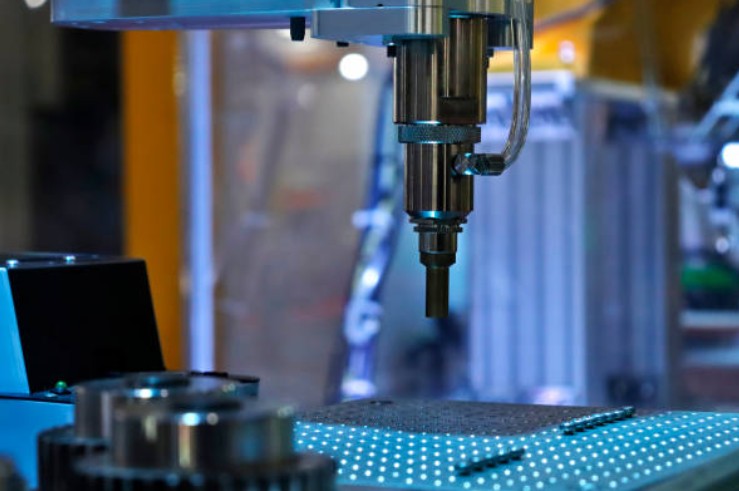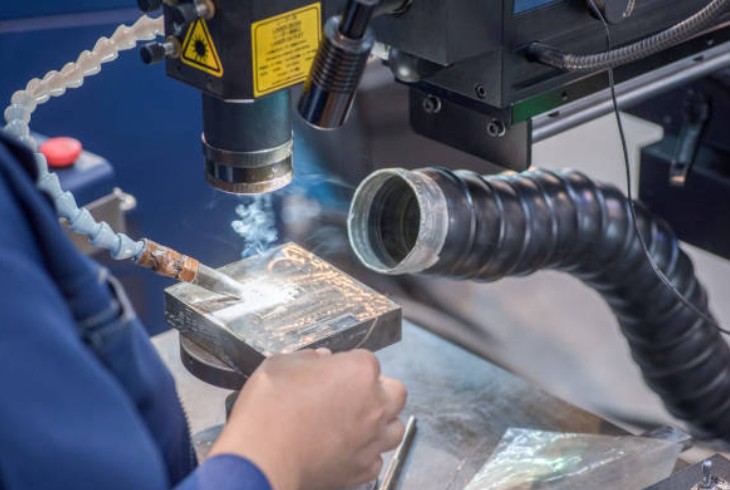Precision injection molding, a core technology in modern manufacturing, serves electronics, automotive, medical and aerospace sectors. As technical demands rise, mastering key indicators becomes critical for quality control and competitiveness.
I. Injection Equipment Precision Indicators
1. Injection Volume Accuracy
Critical for consistent quality, requiring volume deviation ≤20% of product tolerance. High-end machines with precision sensors achieve ±0.1% deviation, preventing dimensional fluctuations in components like electronic connectors.

2. Plasticizing Stability
Relies on precise temperature control (±0.5℃ for standard, ±0.1℃ for ultra-precision machines via PID systems). Ensures uniform melt flow, avoiding defects like bubbles in optical lens production.
3. Pressure Control Precision
Demands ultra-sensitive pressure regulation with ±0.5MPa accuracy during injection and holding stages. High pressure (216-243MPa+) enhances part density and filling of thin-walled/complex structures.
4. Operational Reliability
Advanced designs and premium components enable thousands of hours of trouble-free operation, critical for mass production stability.
II. Mold Precision Indicators
1. Machining Accuracy
Micron-level precision (±0.005mm for micro gears) in cavities and cores, achieved via EDM, 5-axis machining and coordinate measurement, directly determining product dimensional accuracy.

2. Material Performance
High-strength, wear-resistant mold steels with heat treatments (quenching, tempering) maintain precision over high-volume production. Surface treatments (nitriding, hard chrome plating) enhance durability and release properties.
3. Structural Design
CAE-optimized designs ensure uniform melt flow and temperature distribution. Proper cooling channels and venting reduce shrinkage, while robust guiding systems maintain stability in large molds.
III. Process Parameter Indicators
1. Injection Pressure
Typically 216-243MPa+, adjusted for material properties and part complexity to ensure full cavity filling and density.
2. Injection Speed
Critical for thin-walled parts (up to 300mm/s) to prevent cold marks, balanced to avoid turbulence and air entrapment.
3. Holding Parameters
Tailored pressure/time profiles prevent sink marks, with stepped holding optimizing uneven wall thicknesses in components like automotive interiors.

4. Mold Temperature
Controlled within ±1℃ using multi-zone systems, influencing crystallinity and shrinkage—vital for optical and dimensional stability.
5. Cooling Time
Optimized via CAE simulation to balance productivity and quality, with longer cycles for crystalline plastics reducing post-shrinkage.
IV. Impact of Intelligent Manufacturing
1. Smart Equipment
Closed-loop control systems with advanced sensors enable real-time parameter adjustment, reducing human error in high-precision production.

2. Data Analytics
Big data and cloud platforms analyze process data to optimize parameters and predict maintenance needs, accelerating quality improvement.
3. AI Integration
Machine learning models predict defects and optimize settings (screw speed, back pressure) to enhance plasticizing efficiency and product consistency.
In summary, precision injection molding relies on synergistic control of equipment, mold, and process parameters. Enhanced by intelligent manufacturing technologies, these indicators drive the industry toward higher efficiency and precision, enabling innovation across high-tech sectors. Manufacturers must prioritize mastering these metrics to maintain competitiveness in evolving markets.





